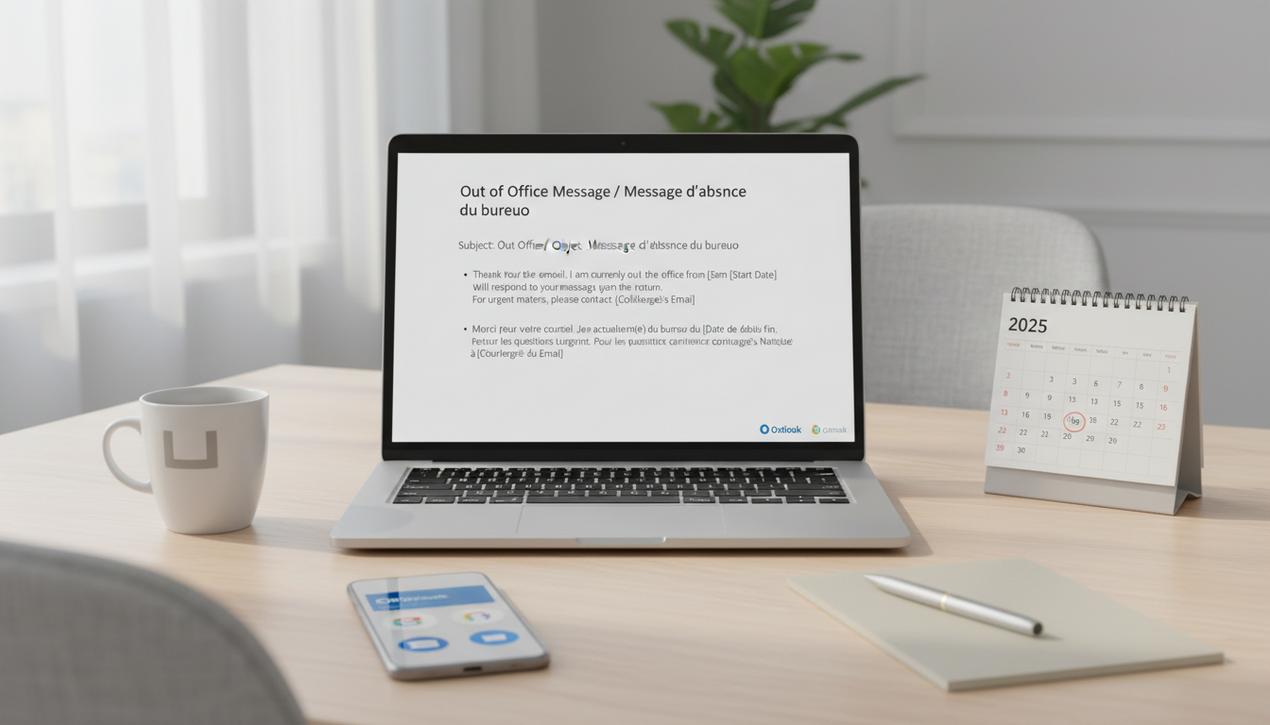Emailing : Effective strategies to improve your spam score and maximize deliverability


In today’s saturated digital landscape, email marketing remains an essential marketing channel. However, between increasingly strict anti-spam filters and legal requirements, ensuring your campaigns reach inboxes is challenging. Did you know that even with prior consent (opt-in), 20% of professional emails end up in spam? This reality compromises not only your ROI but also your reputation. Let’s decode the mechanisms of spam score, this key indicator that dictates the fate of your sends, and explore concrete methods to optimize your strategy.
Understanding spam score issues in your email marketing strategy
Spam score evaluates the probability that an email will be classified as unwanted by ISPs and email clients. Contrary to popular belief, this indicator doesn’t depend solely on content: it integrates technical, legal, and behavioral criteria. Tools like Mail-Tester assign a score out of 10 by analyzing HTML structure, sender authentication, or the presence of suspicious links. A score above 3/10 on SpamAssassin can already trigger filters. The impact is direct: according to a HubSpot study, a 10% improvement in deliverability generates up to 28% additional revenue for businesses.
Eliminating high-risk words in your campaigns
ISP algorithms scrutinize each term with evolving dictionaries. A Litmus study reveals that using “free” increases filtering risks by 34%. Excessive promises (“guaranteed results,” “unique offer”), abusive capitalization, or cascading emojis activate red flags. The solution? Adopt vocabulary centered on added value: prefer “benefit from” over “win,” and “proven solution” over “miracle.” Tools like Hemingway Editor identify overly aggressive formulations to help you adjust your tone.
Strengthening technical email authentication
SPF, DKIM, and DMARC protocols constitute an essential triad to legitimize your sends. SPF verifies that the sending IP address is authorized, DKIM adds a cryptographic signature, while DMARC defines actions in case of authentication failure. An optimal configuration reduces phishing risks by up to 60% according to data from the National Agency for Information Systems Security. Platforms like MXToolbox offer free diagnostics to detect gaps in your DNS records.
Optimizing the quality of your contact list
An outdated database is poison for your deliverability. Inactive addresses (hard bounces) cause your sender reputation to plummet. Implement a cleaning routine: remove contacts with no opens for 6 months, and segment recipients according to their engagement. Services like ZeroBounce analyze email validity in real-time, with an accuracy rate approaching 98%. Remember: GDPR requires continuous updating of consent, thus reinforcing the relevance of your audience.
Validating technical compatibility before sending
Poorly coded email (erroneous HTML tags, unsupported inline CSS) can sabotage your campaign. Systematically test your creations on various email clients (Gmail, Outlook, Apple Mail) via tools like Email on Acid. At the same time, evaluate your spam score with GlockApps: this tool simulates filters from 23 major providers and provides detailed corrections. A Case Study shows that these preliminary tests increase open rates by 17% on average.
Facilitating unsubscription to build trust
A complex unsubscription process prompts 42% of users to mark your emails as spam (source: Campaign Monitor). GDPR imposes a clear and immediately accessible link. Opt for a visible button in the header, with a simplified confirmation page. Ensure that removal is effective within a maximum of 48 hours. This transparency improves your sender reputation while consolidating a qualified audience.
Monitoring and cultivating your sender reputation
Your sender score (evaluated by Return Path) synthesizes the history of your practices. The main criteria include complaint rate (aiming to stay below 0.1%), stability of sending volume, and thematic consistency of campaigns. Platforms like SenderScore.org provide a rating out of 100: below 70, urgent corrective actions are necessary. Monthly monitoring via Google Postmaster Tools (for Gmail) or Microsoft SNDS (for Outlook) allows you to anticipate drifts.
Integrating email SEO for a holistic approach
Your website indirectly influences your credibility. The Moz Spam Score (out of 17 points) penalizes sites with a high ratio of toxic backlinks or poor content. Use Ahrefs or SEMrush to audit your incoming links: remove those from unsecured sites (HTTP) or with content not aligned with your sector. SEO optimization reduces the risk of your domain being blacklisted, thus reinforcing the trust of ISPs in your emails.
Transforming spam score into a strategic ally
Improving your spam score is not a technical constraint, but a lever for overall performance. By combining legal rigor (verified opt-in), technical expertise (authentication standards), and marketing ethics (personalized content), you build a lasting relationship with your audience. Remember: each delivered email is an additional conversion opportunity. By adopting these best practices and regularly updating your strategy in the face of algorithmic evolutions, you will position your campaigns as references in a demanding competitive environment.




